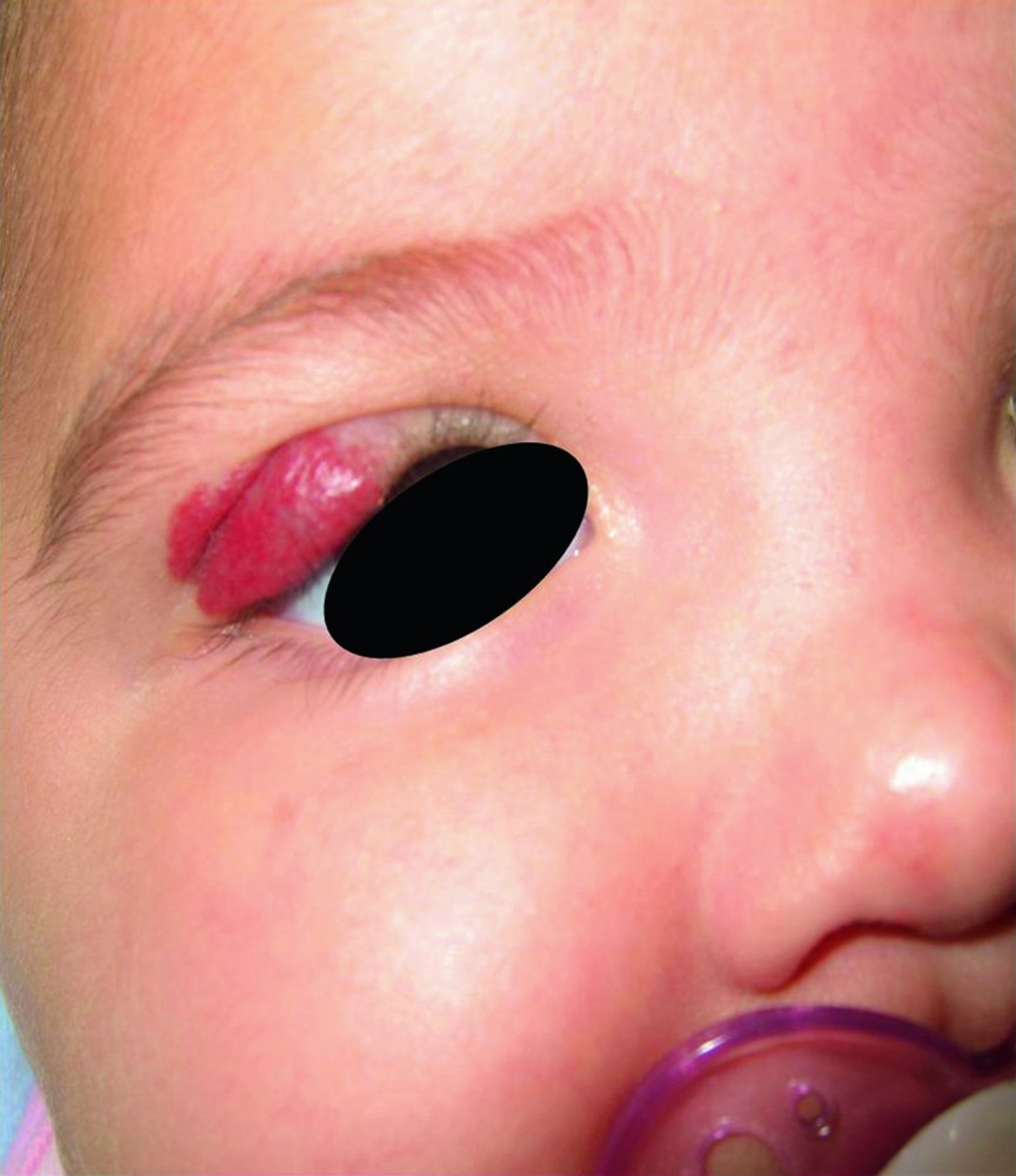Topic Resources
(See also Introduction to Eye Socket Disorders.)
Tumors can form within the tissues behind the eye or can spread from an adjacent nasal sinus (air-filled cavity behind the nose). Cancerous tumors from elsewhere in the body can also spread (metastasize) to tissues behind the eye.
These tumors can push the eye forward and cause it to bulge abnormally (a finding called proptosis). Pain, double vision, droopy eyelid, and vision loss may also occur.
Computed tomography (CT), magnetic resonance imaging (MRI), or both are done to obtain an image of the tumor and exclude other abnormalities. Usually, a sample taken for examination under a microscope (biopsy) is needed to determine what type of tumor is present, and treatment depends on these results.
© Springer Science+Business Media
Treatment depends on the type of tumor. For benign tumors, treatment, if required, may include medications, laser therapy, or surgical removal. Malignant tumors may require surgical removal, radiation therapy, chemotherapy, or a combination.



